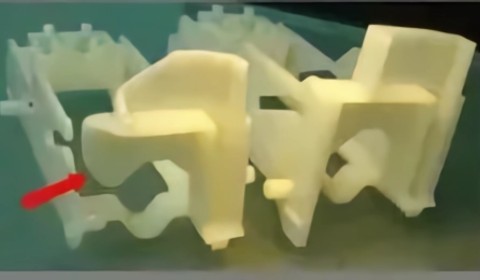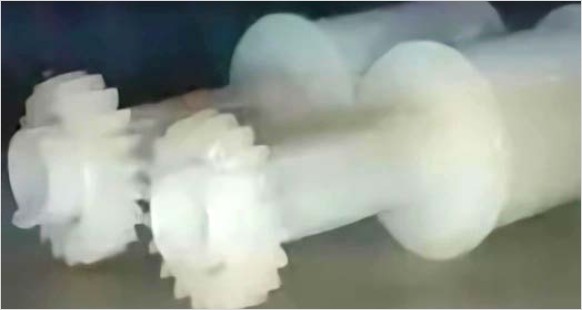Injection molding is a popular manufacturing process, but it may have
some defects that impact the quality of the final product. One of the
most common defects is the short shots, which require troubleshooting.
Short shots occur because the material not completely fill the injection
mold cavity. In this article, we discuss the most common causes of this
kind of defects and how to fix this problem.
There are many causes of short shots, but they fall into the following
major categories:



